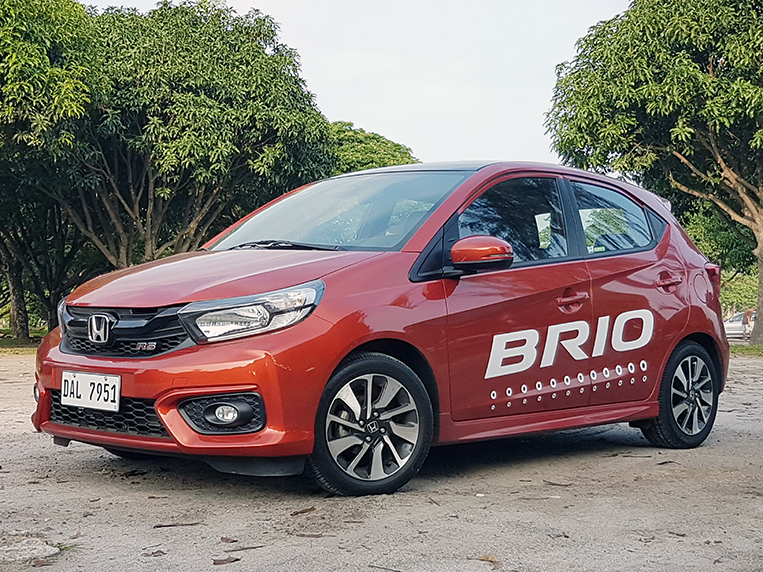
When Honda Cars Philippines invited us to go on a long, leisurely road trip with the Brio supermini, we accepted the invite to find out if it was indeed the modern-day EG Civic. Back in 1992, Honda sold the three-door iteration of its popular car in our market. With the current Civic being significantly larger and heavier than its predecessors, the little Brio essentially becomes the EG hatchback’s spiritual successor.
First, the looks. The EG Civic hatchback looked like a sleek jellybean with four wheels when it came out. In a way, the new Brio emulates that same styling. It has slim headlight clusters flanking the sporty grille. The side windows sweep up as they terminate toward the rear. The back end now gets a conventional tailgate, with the window and the metal panel lifting in unison. The RS variant assigned to us even gets some tasty hot-hatch touches, such as the gloss-black radiator trim, the faux rear diffuser and the two-tone 15-inch alloy wheels. All in all, the design of the new Brio is a far cry from the polarizing appearance of the previous-generation model.
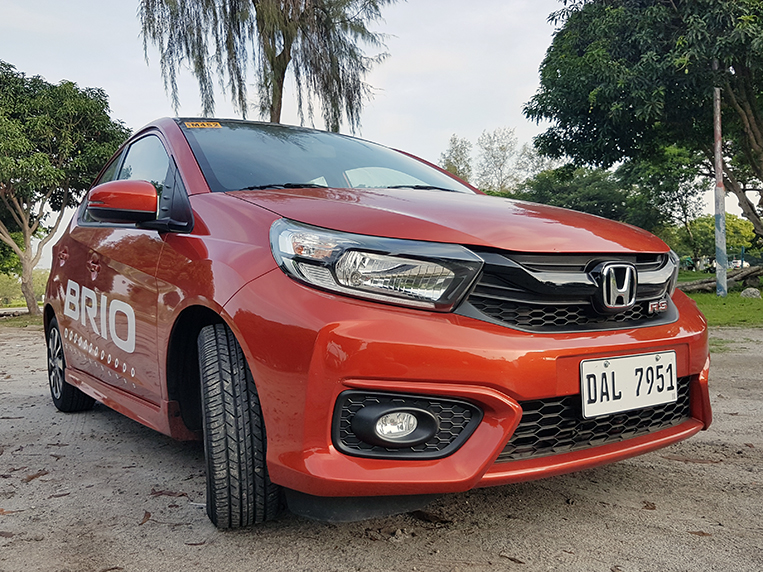
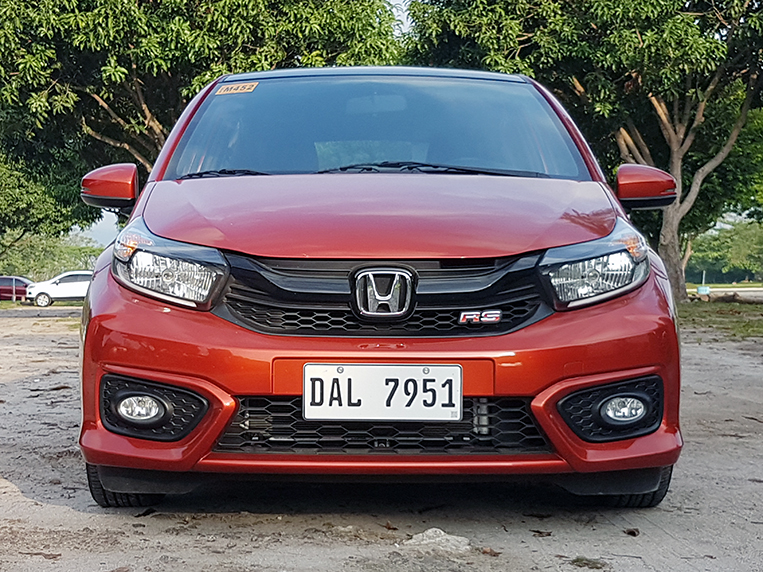
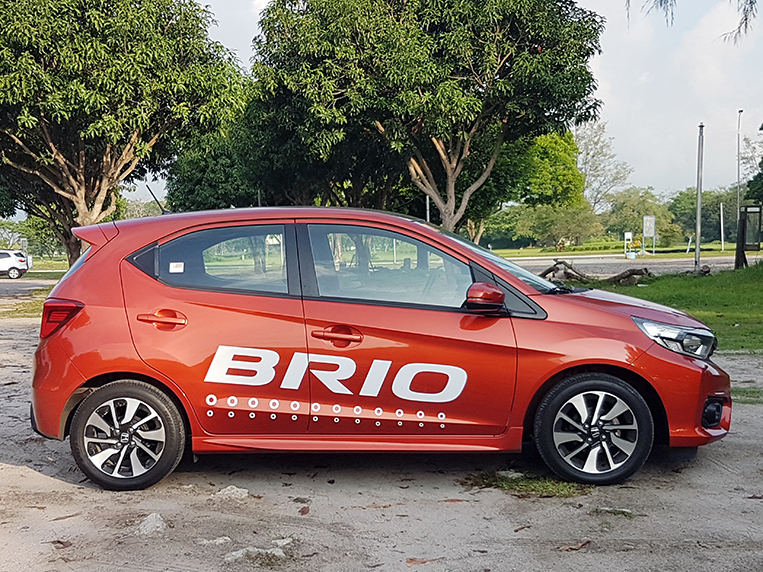
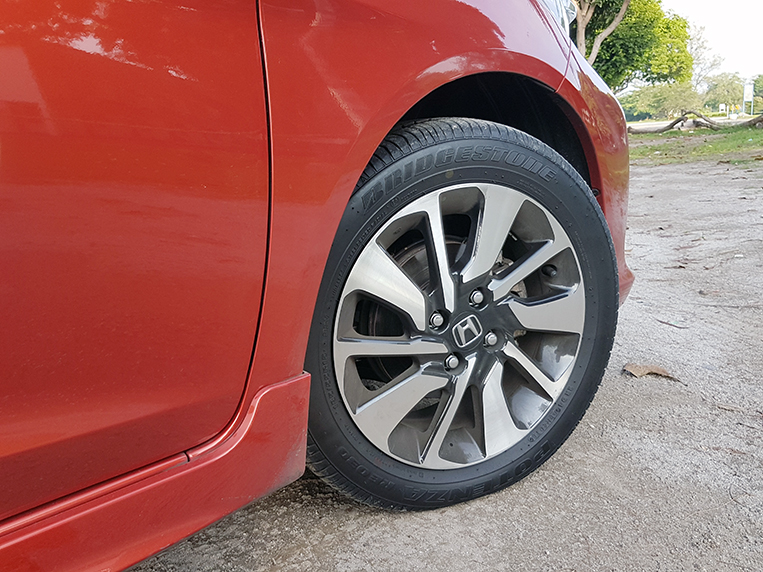
Hop inside and you’ll find that the new Brio’s interior is a sea of black but seemingly hard-wearing plastics. The dashboard with its straight edges looks pleasing compared to the rounded ones of the competition. It’s decently equipped as well. The infotainment system is a touchscreen unit with Bluetooth connectivity. The Brio RS even comes with such niceties as power-folding side mirrors and a digital display for the climate control.
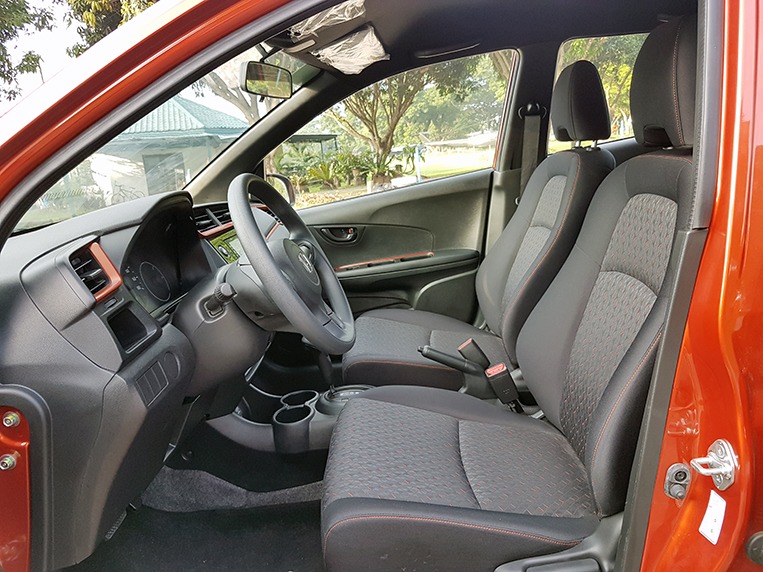
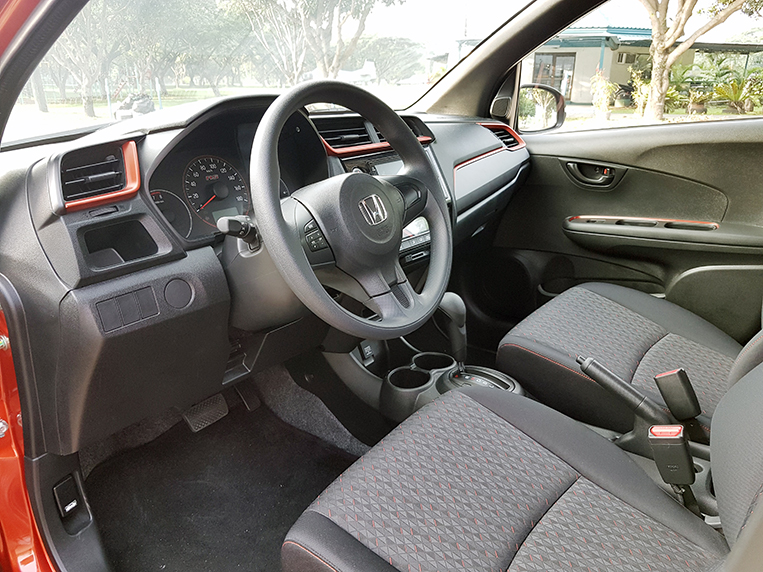
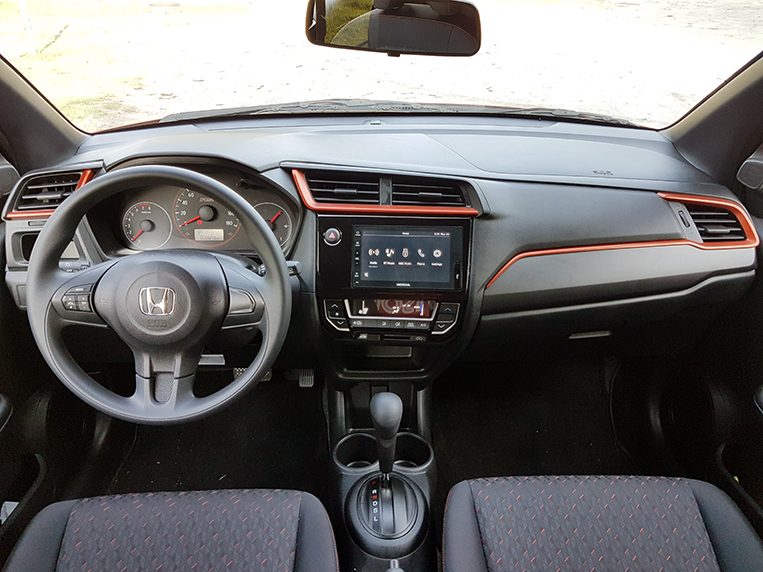
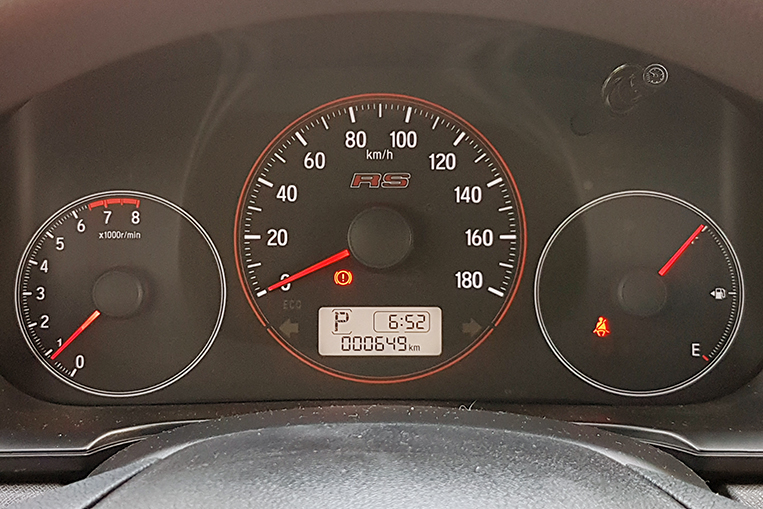
The front seats aren’t height-adjustable so you sit low behind the wheel just like in the EG. Fortunately, the seat backs boast subtle lumbar support. Together with the tilting steering column, the driver-side seat back lets you find a comfortable driving position. But while it’s all good up front, what’s really astounding is the amount of legroom in the rear. My 5’7” extra-wide frame easily fits behind either one of the front seats with plenty of room to spare. The back seat, in general, is something I don’t mind spending hours in on a long journey, which I can’t really say about the EG Civic.
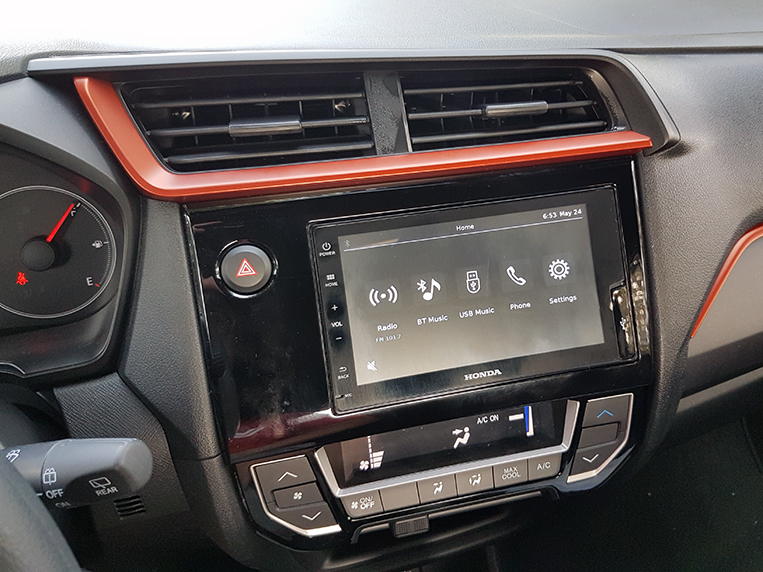
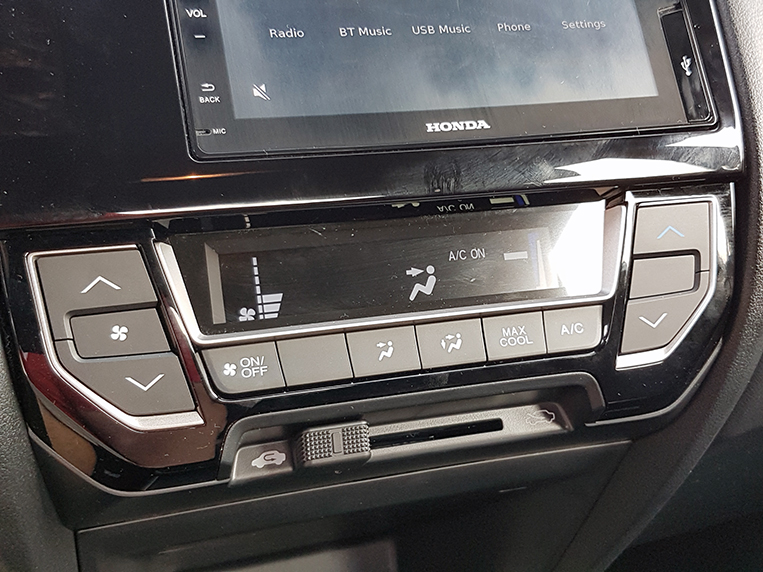
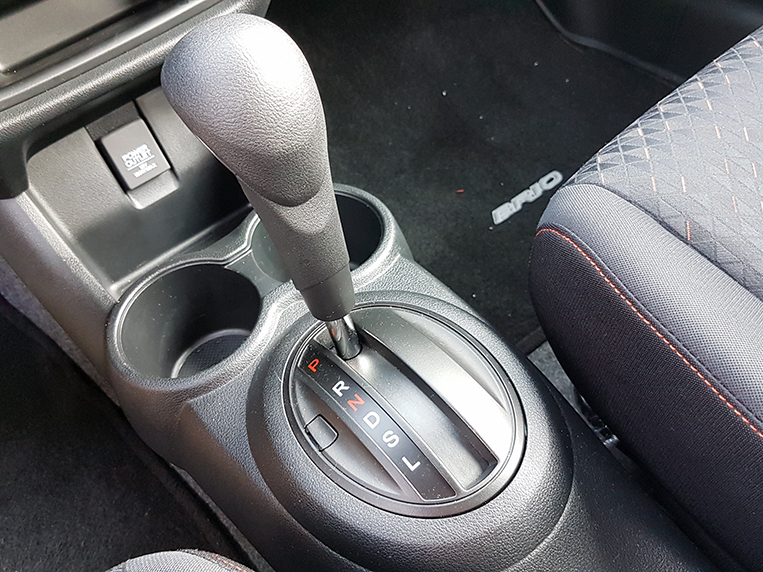
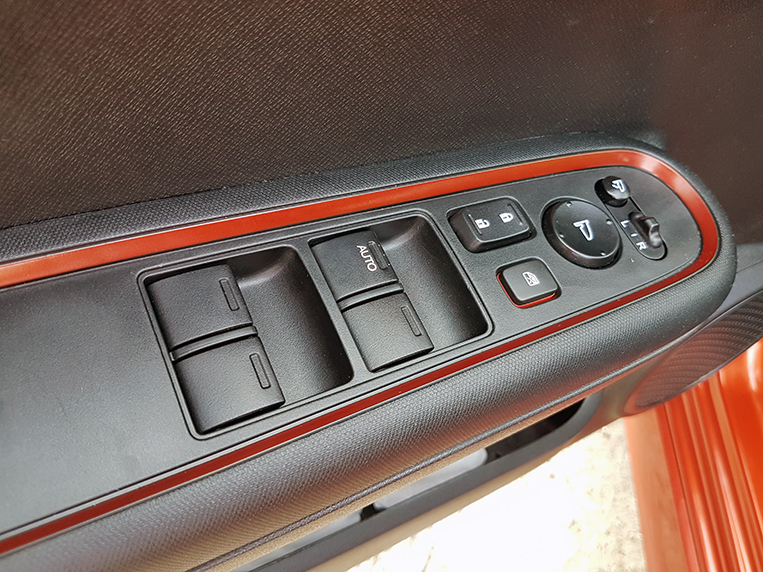
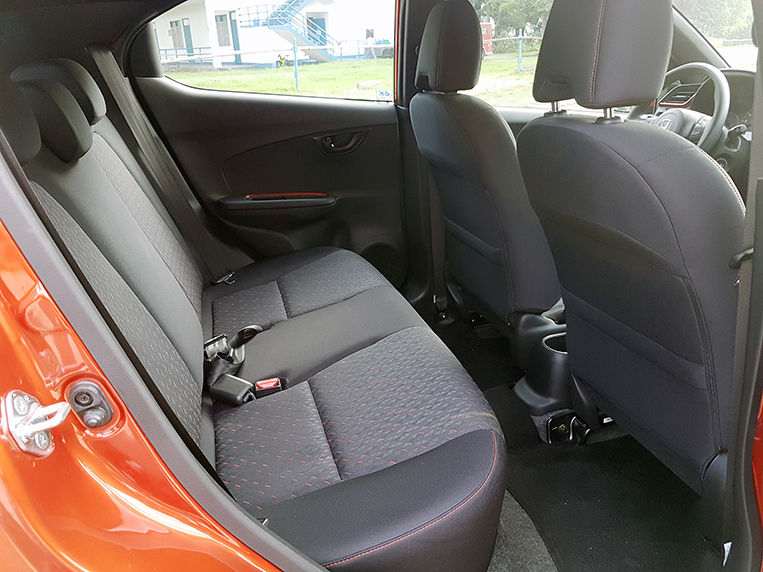
All Brio variants come with the same engine—a 1.2-liter four-cylinder unit producing 89hp and 110Nm. These are healthy numbers for a motor of this size. However, while the car can happily dart in and out of city traffic and chug along at triple-digit speeds on the highway, it struggles in almost any overtaking maneuver on two-lane provincial roads. Power delivery is typically Honda-like with the engine coming alive at the upper region of the rev range. Passing slow vehicles on impulse isn’t very ideal as the baby i-VTEC unit takes its sweet time getting wound up even with the standard Earth Dreams CVT slotted into Sport mode. Performance is adequate, but the outgoing Brio’s larger and more powerful 1.3-liter mill is sorely missed.
Thankfully, driving the Brio at speed on the expressway isn’t an exercise fraught with danger. The car is unbelievably stable, which cannot be said about several of its rivals and even some crossovers. The diminutive runabout remains settled even after passing (or getting passed by) trucks and buses. The steering feels nicely weighted so that minute course corrections don’t make the Brio feel nervous. And it must be said that the redesigned body now has a lower drag coefficient. This means that there is less wind noise penetrating the cabin, allowing passengers to have conversations at a normal speaking volume.
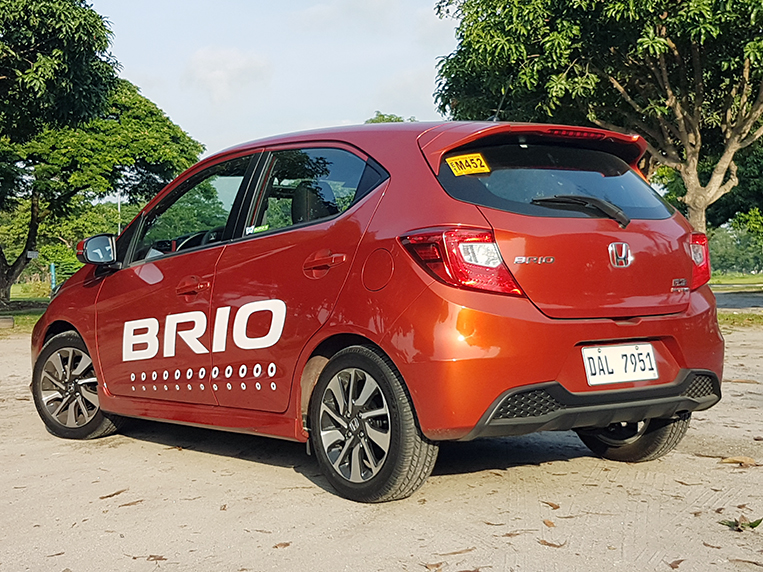
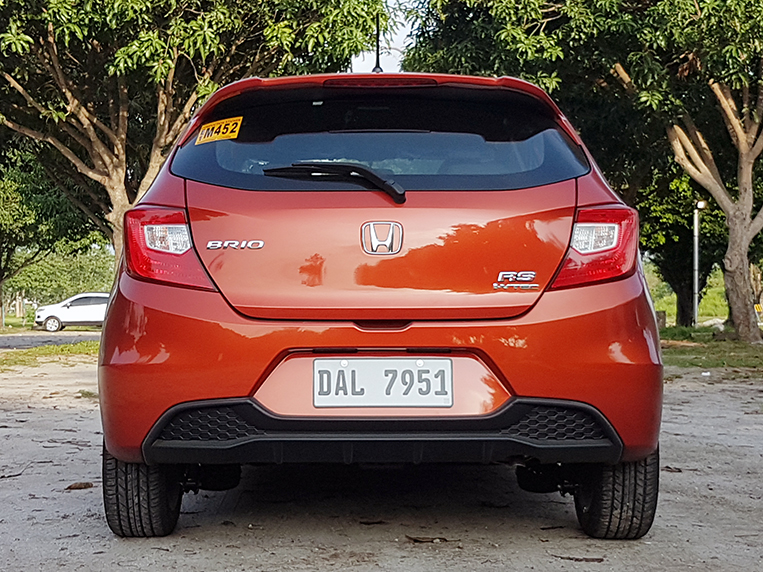
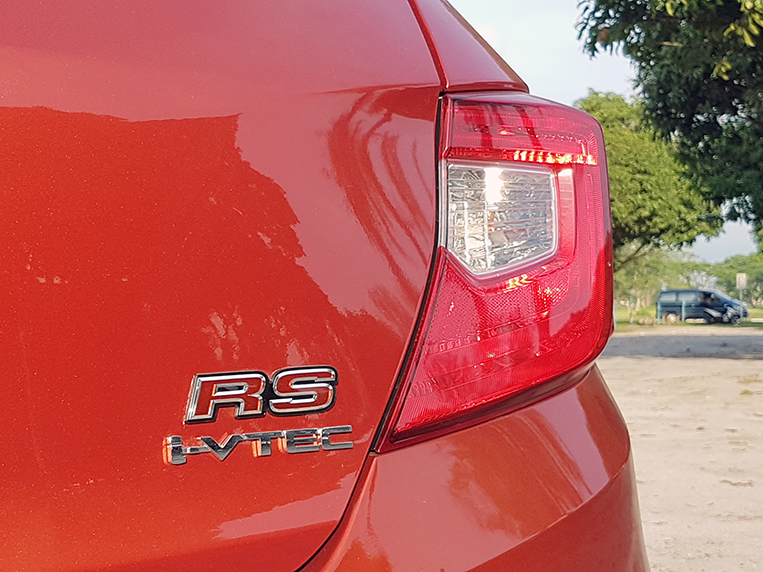
Where I didn’t expect the new Brio to shine was on the winding roads leading to and coming from Baguio. Sure, it was quite a challenge getting past other cars, but left alone on the twists, the Honda supermini was an absolute joy to throw around hairpin turns and mid-speed sweepers. Lack of feedback is expected from the electrically assisted power-steering system. The sub-1,000kg (992kg) curb weight and the front MacPherson strut suspension surely have something to do with the dynamic performance. Since the car isn’t packing that much bulk, the inertia resulting from the weight shifting laterally is kept in check. The Brio dives into corners confidently and remains sure-footed all the way to the corner exit. This was also one of the reasons the above-mentioned Civic hatchback was popular as a time-attack car.
So, did the all-new Honda Brio live up to my expectations as the new-generation EG Civic? In many ways, it did. It’s nimble and fun to drive. It looks really good, and the build quality is reasonably sturdy. The best part of it all? The Brio RS with the black roof and all the bells and whistles retails for just P732,000. That’s right: The fairest supermini of them all is no longer the unicorn of budget-conscious customers. If only I could shoehorn a B-series motor into it and make it a pint-sized track weapon.
HONDA BRIO 1.2 RS CVT
| Engine | 1.2-liter in-line-4 SOHC i-VTEC gasoline |
| Transmission | CVT |
| Power | 89hp @ 6,000rpm |
| Torque | 110Nm @ 4,800rpm |
| Dimensions | 3,815mm x 1,680mm x 1,485mm |
| Drive layout | FWD |
| Seating | 5 |
| Price | P727,000; P732,000 (Black Top) |
| Upside | Stable at highway speeds, with generous rear-seat legroom. |
| Downside | The engine could use more torque. |

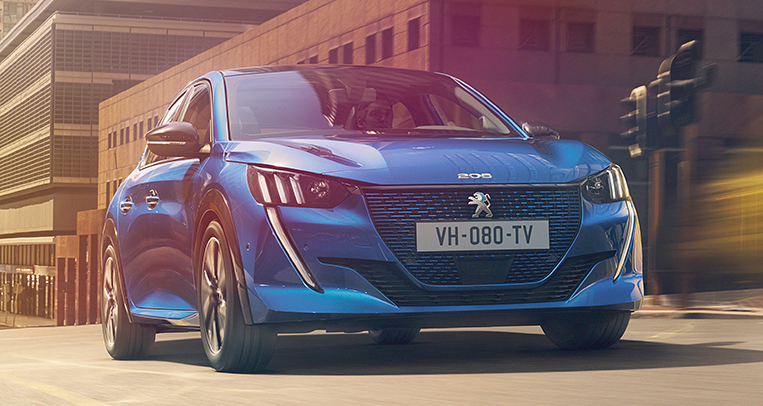
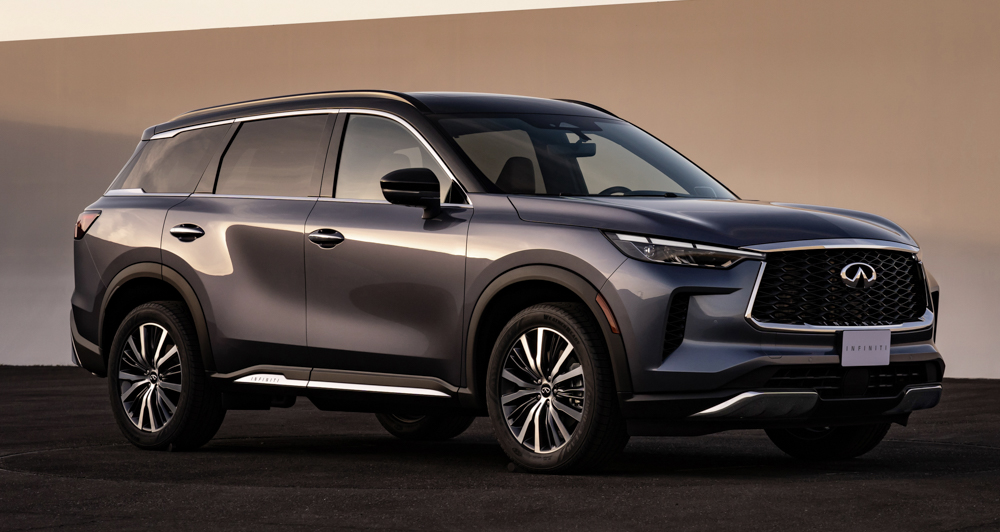
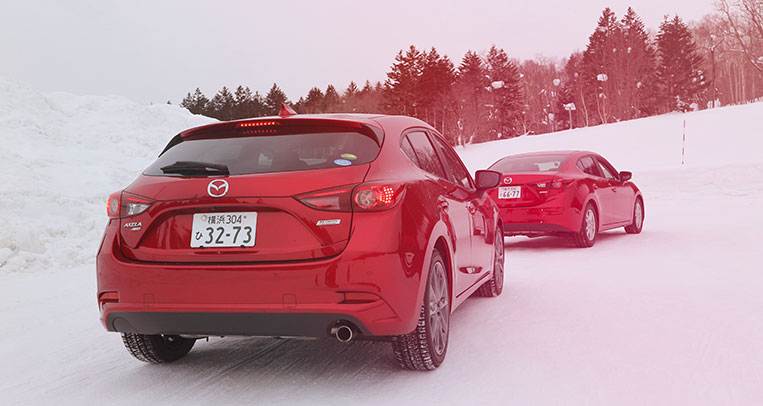
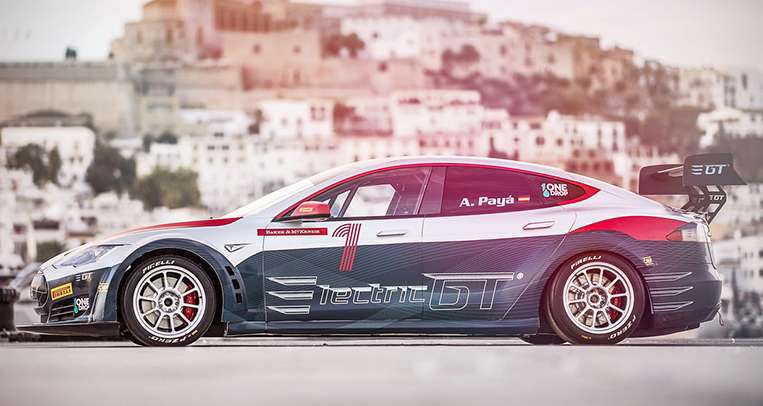






Comments